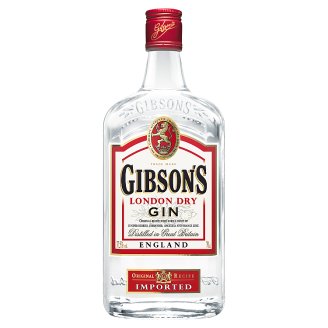Harry Mac
Junior Member
- Joined
- Feb 1, 2018
- Messages
- 16
- Reaction score
- 30
What will happen to the rights to make Gibson models should Gibson cease to exist? I know there were lawsuits filed against companies like Ibanez and ESP in the past for making Les paul, Explorer copies etc. Will any of these companies be allowed to resume production of these types of guitars?







